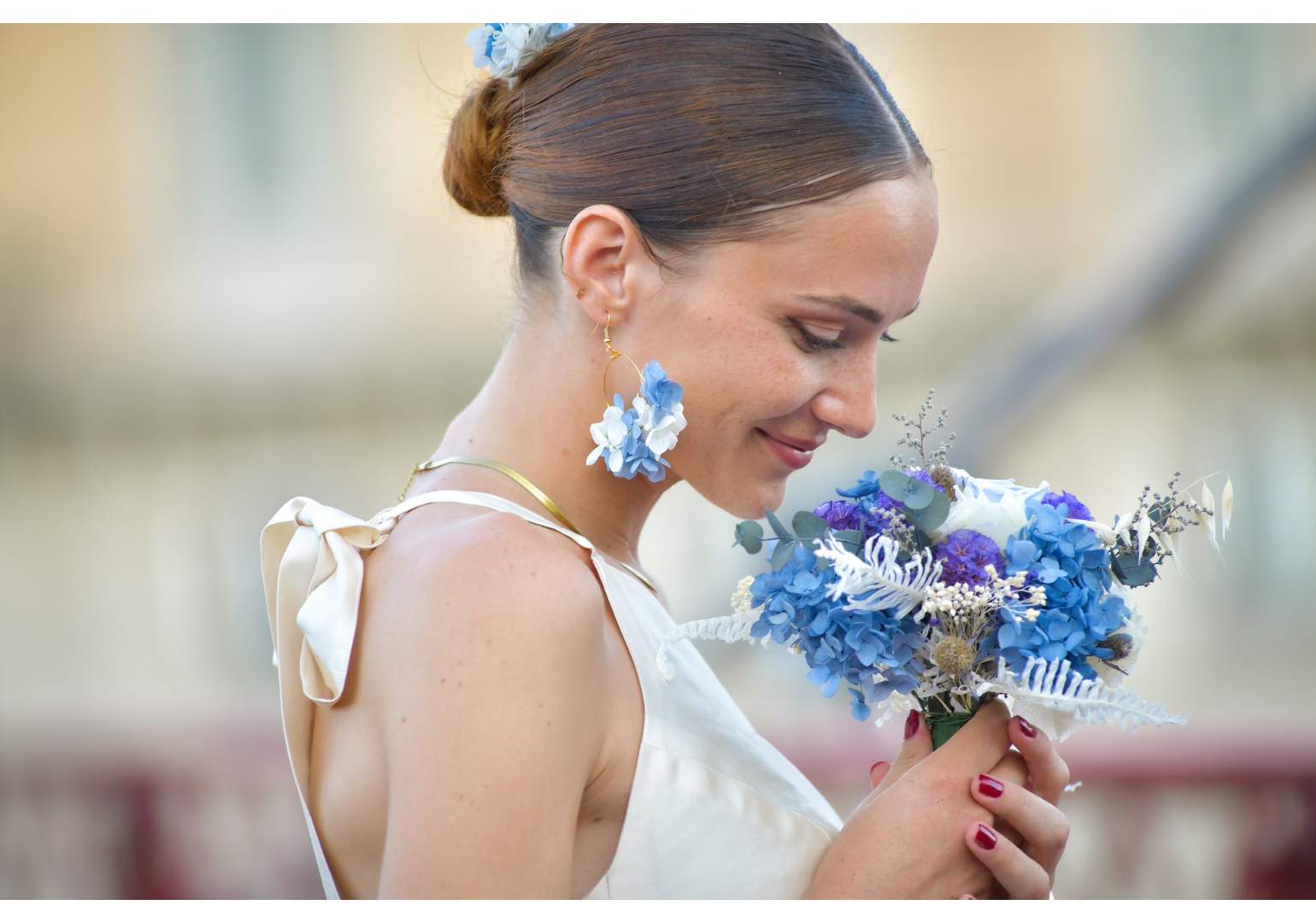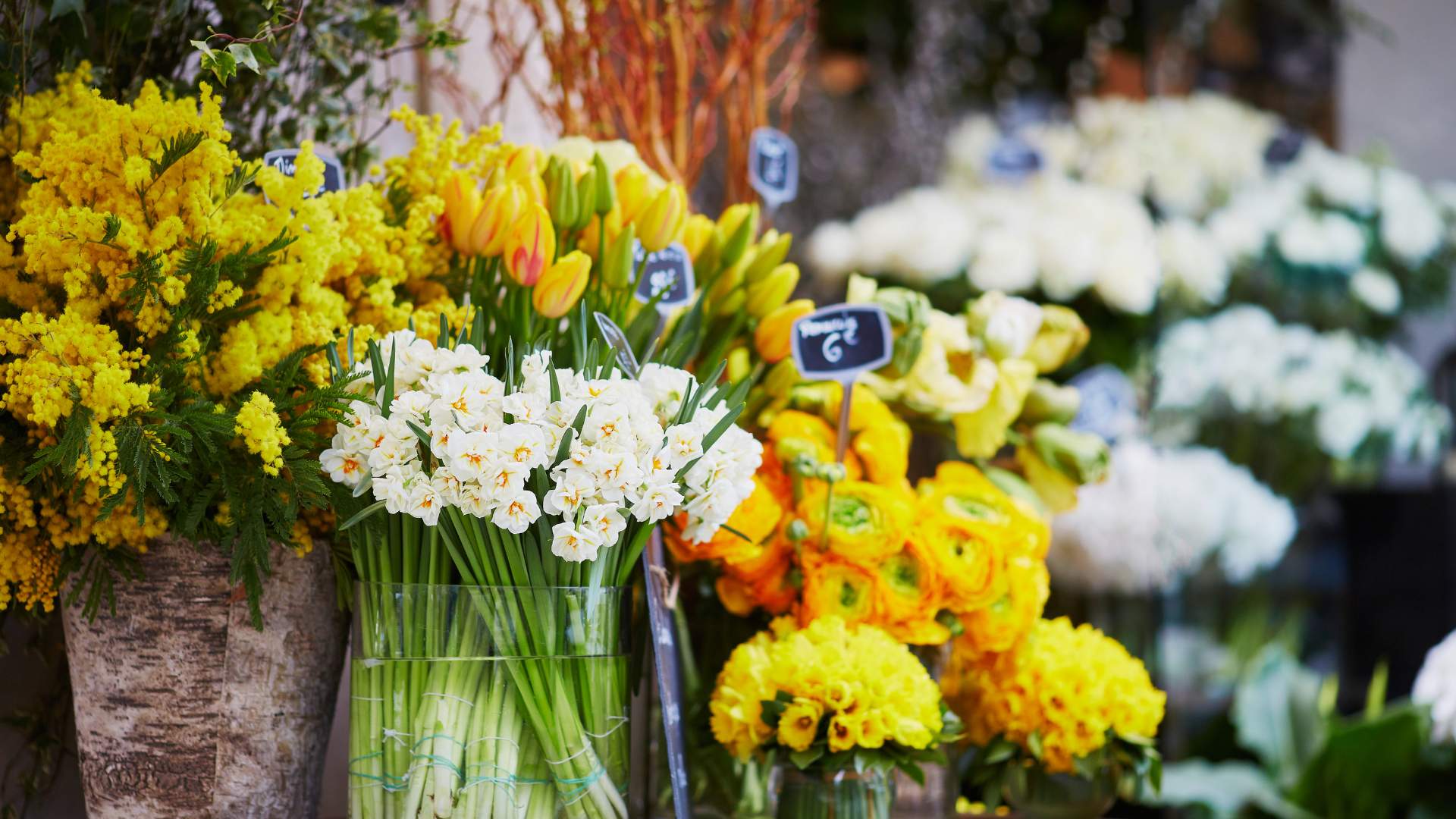Tulips , the true stars of spring, bring beauty and color to gardens , terraces, and balconies. Easy to grow, they come in a variety of shapes and colors, adapting to every situation: flowerbeds , borders, pots and planters, cut flowers, etc. This article guides you through the essential steps for planting and caring for your tulips to ensure spectacular blooms.
Choice and variety of tulips for your garden
Origin and diversity of tulips
The tulips we know today are descended from wild ancestors native to Europe, particularly from the Mediterranean basin to Asia Minor. Cultivated for centuries, tulips have been the subject of ever more colorful and floriferous selections.
Classification of varieties
Tulips are classified into several groups according to their flowering period and the shape of their flowers:
- Early tulips: Generally flowering in March-April, close to wild species.
- Mid-season tulips: Flowering in April.
- Late tulips: Such as single or double tulips that end the tulip season in late April-early May.
How to Plant Tulips
In general
Tulip bulbs are planted from September to December, with early planting being preferable for better rooting and quality flowering.
Planting in pots and planters
To get the most out of your flowering, plant tulips in pots or planters. Choose varieties with short stems, such as botanical tulips and early-flowering varieties. Use a soil mix of one-third garden soil , one-third compost, and one-third coarse sand.
Planting in open ground
Plant bulbs in full sun or partial shade in good, rich garden soil that isn't too wet in winter. Follow these steps for successful planting:
- Dig deep to remove weeds and stones.
- Bury the bulbs to a depth equivalent to two or three times their height (5-10 cm for small varieties, up to 15 cm for large ones).
- Water lightly after planting to allow the soil to settle naturally.
Tulip Care After Planting
Water management
Generally, tulips thrive on natural rainfall . Water only in case of prolonged spring drought.
Bulb Care
Once the flowers have faded , remove them to prevent seed formation, while retaining as much foliage as possible. This is crucial for replenishing the bulbs' reserves, ensuring flowering the following year.
If the clumps become less floriferous, dig them up when the foliage has wilted. Separate the bulbs and replant them elsewhere next fall. To make this easier, use a garden fork .
Combinations and compositions with tulips
Color associations
To create attractive visual effects, consider combining different varieties:
- Yellow composition: Yellow tulips mixed with white daffodils and narcissus.
- Orange arrangement: Double orange tulips combined with double yellow daffodils.
- White composition: Elegant combination of white tulips with white daffodils and forget-me-nots.
- Pink composition: Varieties of single and double pink tulips.
Additional tips to optimize flowering
Using a Bulb Planter
Using a bulb planter makes planting easier, but avoid those with sharp points that create air pockets under the bulbs that can cause them to rot.
Adding materials to improve the soil
If necessary, improve the soil by adding one-third sand, one-third compost, and one-third garden soil. This mixture promotes good drainage and better bulb growth.
Following these tips will help you grow beautiful, healthy tulips. By adopting these planting and care practices, you'll enjoy splendid blooms every year.
Find your most beautiful tulips in Paris at IKI de Veyrac








